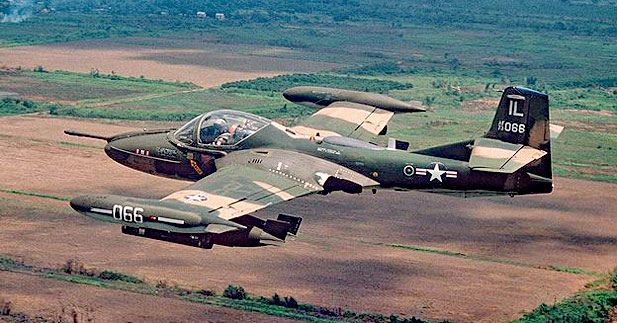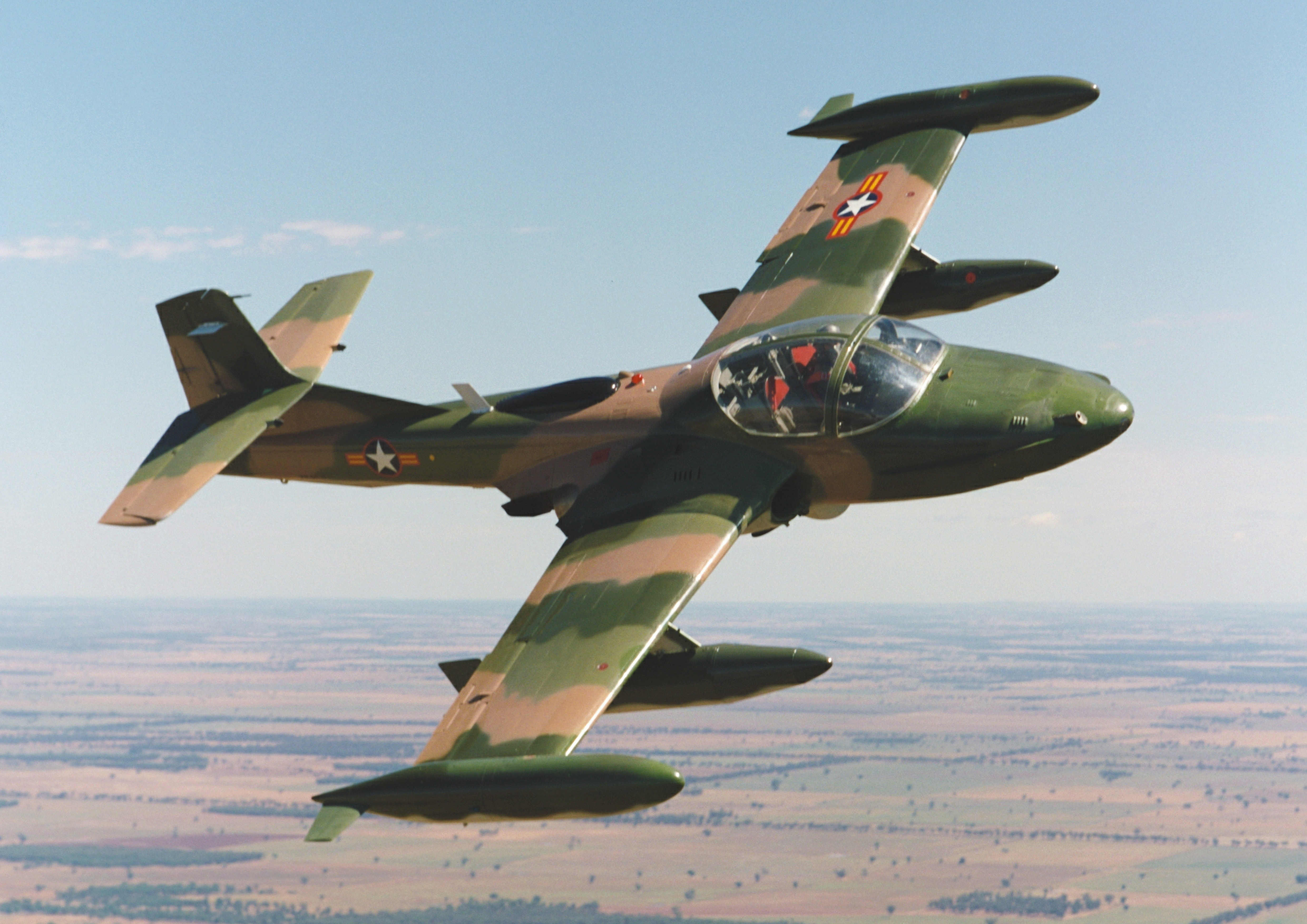In the annals of military aviation history, certain aircraft stand out for their iconic roles in shaping the outcomes of conflicts. Among these, the Cessna A-37 Dragonfly may not be as widely recognized as the A-10 Warthog or the F-16 Fighting Falcon, but its impact on the battlefield is undeniable. Known for its versatility, agility, and firepower, the A-37 Dragonfly earned a reputation as a reliable and effective close air support aircraft during some of the most challenging conflicts of the 20th century.

The Birth of the Dragonfly: A Response to Changing Warfare
The origins of the Cessna A-37 Dragonfly can be traced back to the early 1960s, a time when the United States was becoming increasingly involved in the Vietnam War. The need for a nimble, close air support aircraft that could operate effectively in the rugged and dense jungles of Southeast Asia became apparent. The U.S. Air Force sought a platform that could provide precise air support for ground troops, especially in situations where heavier, more cumbersome aircraft were less effective.
Cessna, already known for its reliable civilian aircraft, stepped up to the challenge. The company adapted its T-37 Tweet, a basic jet trainer, into a light attack aircraft that could meet the demands of modern warfare. The result was the A-37 Dragonfly, an aircraft that was small but packed a punch.
Design and Capabilities: Small but Mighty
The A-37 Dragonfly was designed with a focus on agility and firepower. It featured twin General Electric J85-GE-17A turbojet engines, which gave it impressive speed and maneuverability for a light attack aircraft. The Dragonfly’s compact size allowed it to operate from shorter runways and in more confined spaces, making it ideal for the challenging terrain of Vietnam.
One of the key strengths of the A-37 was its ability to carry a diverse array of weaponry. Equipped with a 7.62mm GAU-2B/A minigun mounted in the nose and capable of firing up to 3,000 rounds per minute, the Dragonfly was a formidable opponent in close air support missions. Additionally, the aircraft could carry bombs, rockets, and napalm canisters on its wing pylons, enabling it to engage a wide variety of targets.
The Dragonfly also boasted an upgraded avionics suite, including improved navigation and targeting systems, which enhanced its effectiveness in combat. Its ability to fly low and slow over the battlefield allowed pilots to accurately identify and engage enemy forces, providing critical support to ground troops in real time.

Combat Legacy: A Workhorse in Vietnam
The A-37 Dragonfly saw extensive action during the Vietnam War, where it quickly proved its worth. Its ability to deliver precise and devastating firepower in support of ground operations made it a favorite among both pilots and infantry units. The aircraft’s small size and agility allowed it to evade enemy anti-aircraft fire more effectively than larger, slower aircraft.
The Dragonfly was particularly effective in counterinsurgency operations, where it was used to target enemy positions hidden in the dense jungle canopy. Its versatility allowed it to perform a variety of missions, including close air support, armed reconnaissance, and interdiction. Pilots praised the A-37 for its reliability, ease of maintenance, and the confidence it inspired when flying into harm’s way.
Despite its success, the A-37 was not without challenges. The intense operational tempo and harsh conditions in Vietnam took a toll on the aircraft, leading to a high demand for maintenance and spare parts. However, the Dragonfly’s overall performance and the critical role it played in numerous engagements cemented its place in the history of military aviation.
The Dragonfly’s Global Influence
After the Vietnam War, the A-37 Dragonfly continued to serve in various air forces around the world. The aircraft’s reputation for reliability and effectiveness made it a popular choice for smaller nations seeking a cost-effective solution for close air support and counterinsurgency operations.
Countries in Latin America, Asia, and Africa adopted the A-37, where it was used in a variety of conflicts and counterinsurgency campaigns. The Dragonfly’s adaptability allowed it to be modified for different roles, including drug interdiction, border patrol, and anti-insurgency operations.

Conclusion: An Underappreciated Icon
While the Cessna A-37 Dragonfly may not have the fame of some of its larger counterparts, its contributions to military aviation are undeniable. This unassuming aircraft played a vital role in shaping the outcomes of numerous conflicts, proving that sometimes, it’s the underdog that makes the biggest impact.
The Dragonfly’s legacy lives on, not just in the stories of the pilots who flew it, but in the continued service of the aircraft in various air forces around the world. It stands as a testament to the idea that innovation and adaptability can create an enduring symbol of excellence in military aviation.





